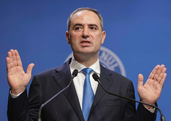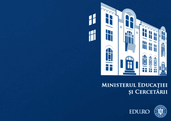The demographic ageing phenomenon gained further ground last year, the elderly population aged 65 and above exceeding by 350,000 persons the 0-14 year-old population (3.614 million vs 3.264 million persons), according to a release by the National Institute of Statistics (INS) on Thursday.
The demographic ageing process advanced as compared to 1 January 2017, thus revealing a slight dip of the share of young people (0-14 of age) and a 0.3pct increase of the share of the elderly population (65 years old and over).
The demographic ageing index grew from 107.9 (as of 1 January 2017) to 110.7 seniors to 100 young persons (as of 1 January 2018).
By the residence, the population has dropped to 22.194 million persons at 1 January 2018, 0.2pct lower than 1 January 2017, and the urban population and the female population represent the majority (56.4pct, 51.2pct, respectively).
As of 1 January 2018, the population by residence in the urban milieu counted for 12.508 million persons, lower by 0.1pct against 1 January 2017.
The female population at 1 January 2018 was 11.358 million persons, down 0.2pct as compared to the same date last year.
The population's average age was 41.3 year-old, by 0.2 years higher than at 1 January 2017. The median age parked at 41.2 year-old, up by 0.4 years vs 1 January 2017.
At 1 January 2018 the population's highest weight was represented by the 45-49 year-old group (8.6pct), with 8.8pct the male population and 8.3pct the female population, respectively.
The weight of the 0-4 year-old group was 4.6pct, smaller than the 5-9 year-old one (5pct) and the 10-14 year-old group (5.1pct).
Agerpres .




































Comentează